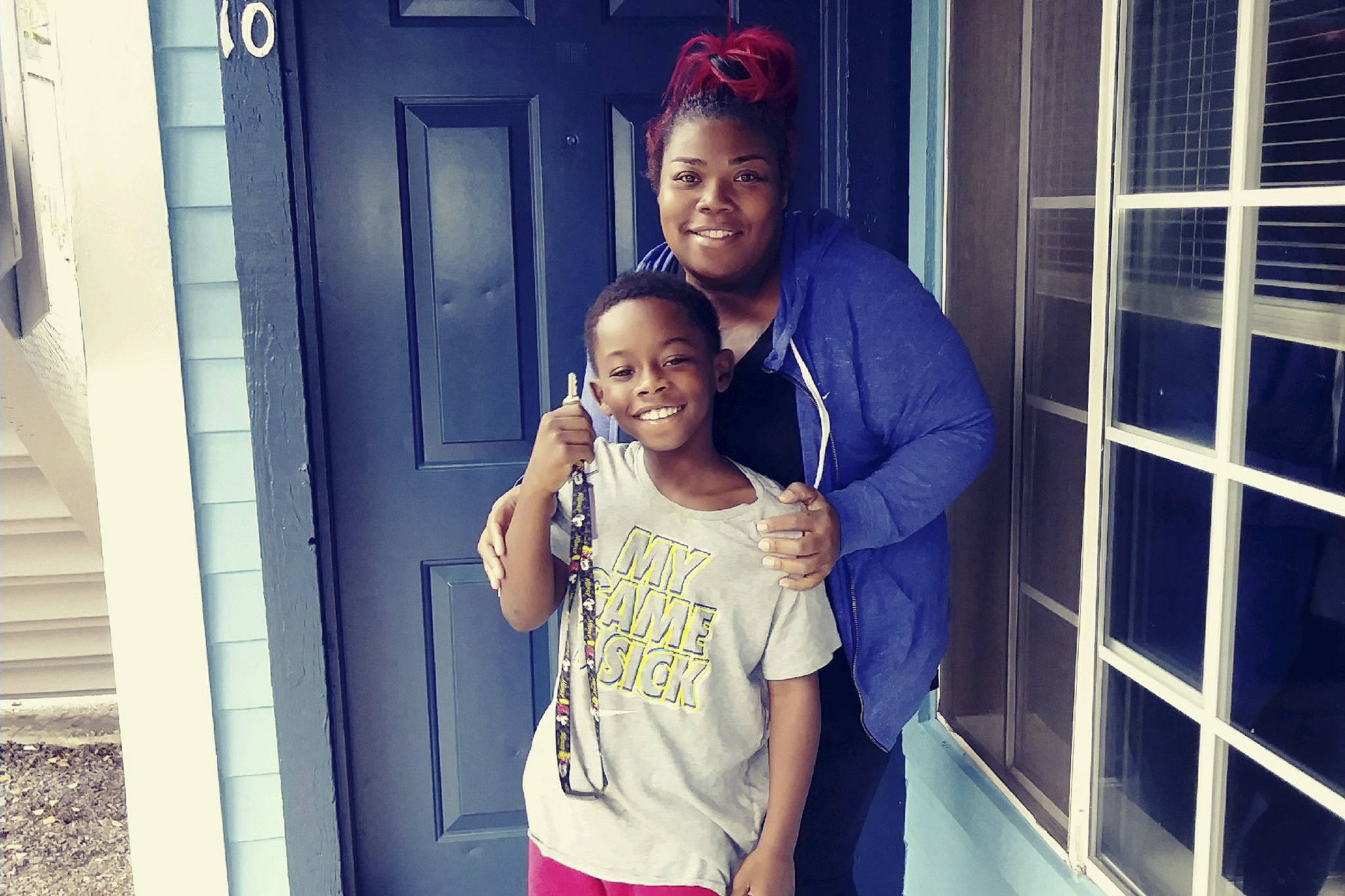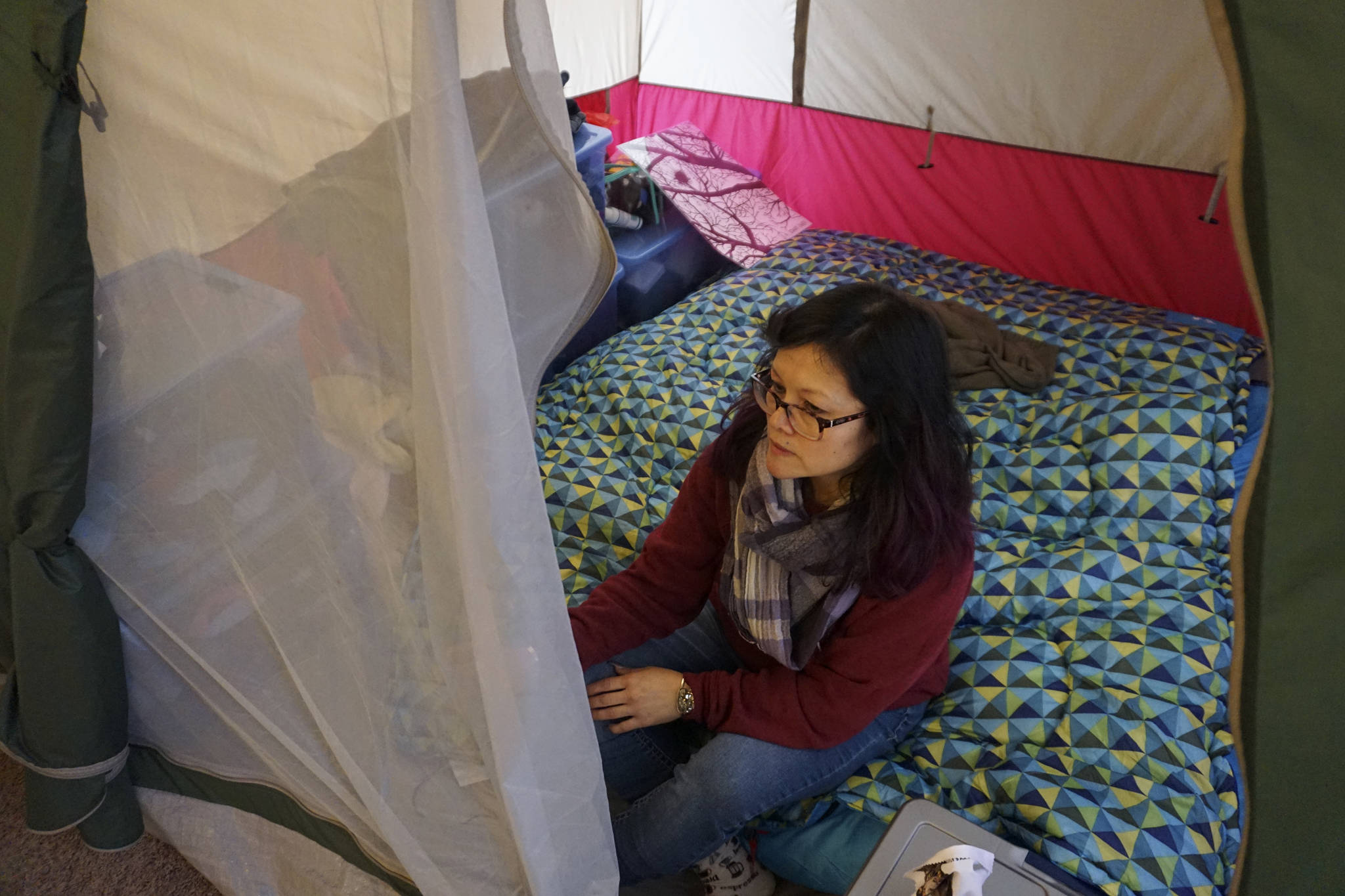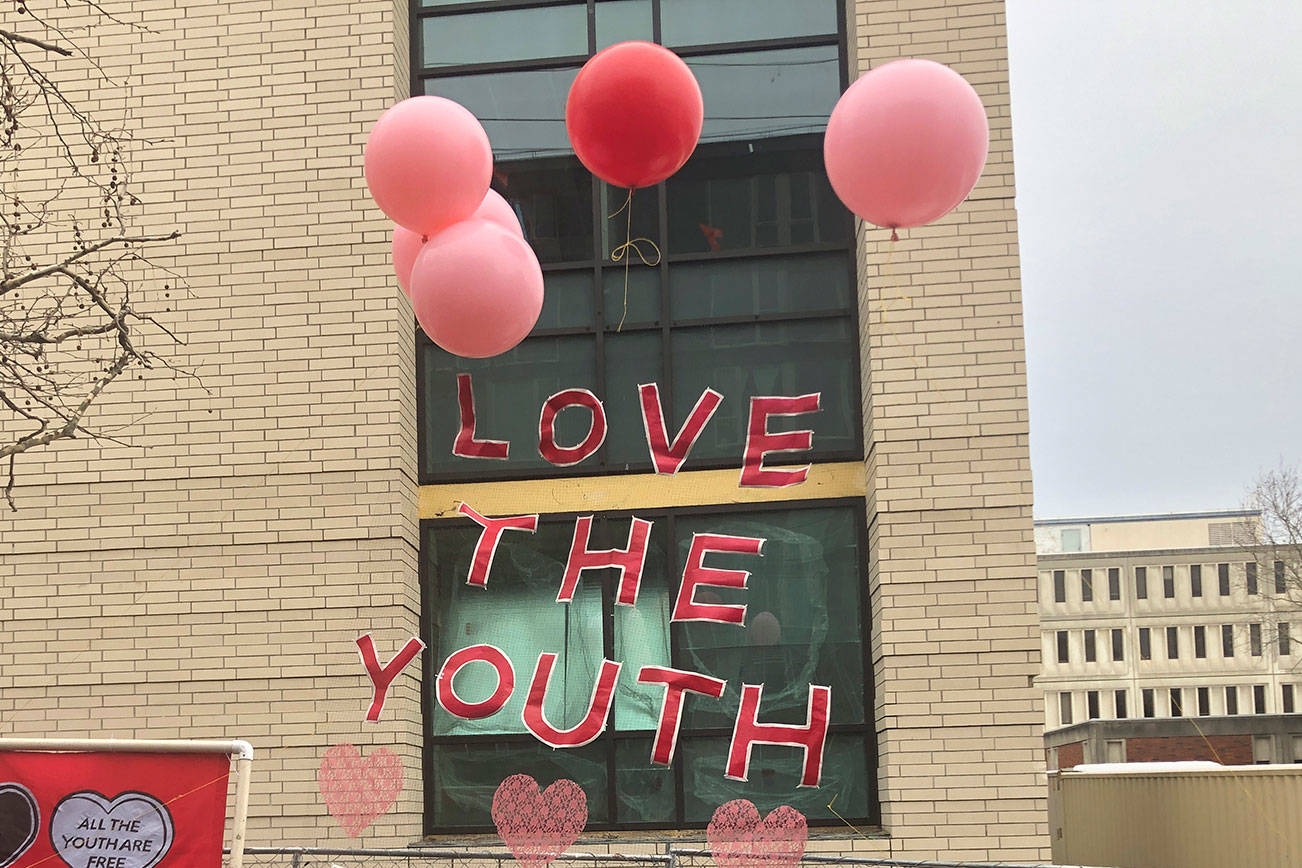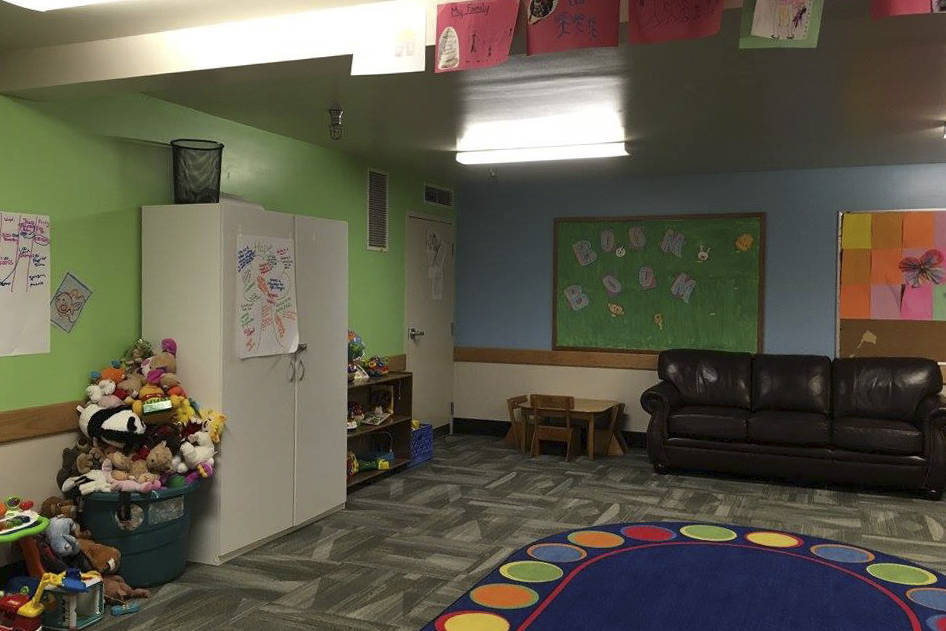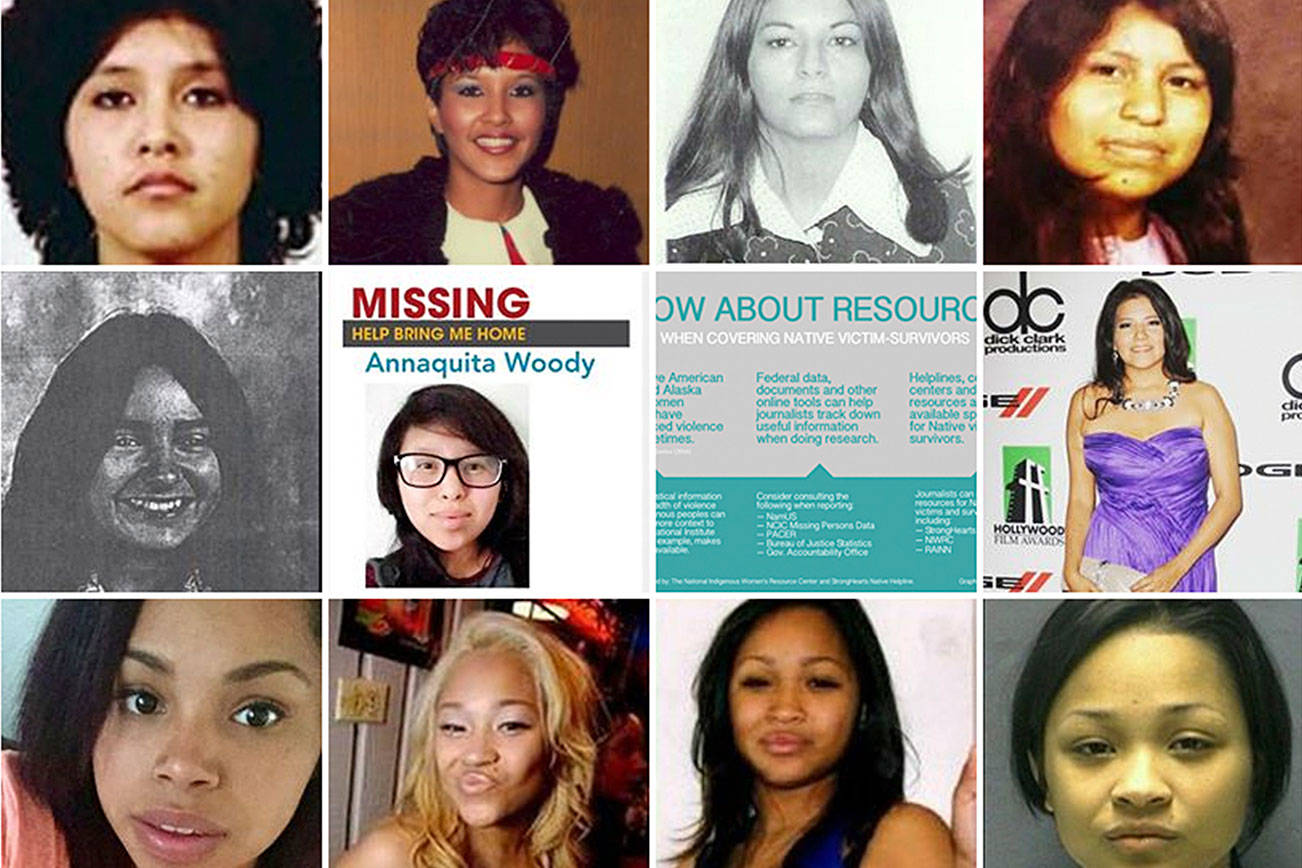A year ago, Adrinna Jones and her son Antonio were spending their night on either a friend’s couch or in their car. The 31-year-old Kent resident says that she was the victim of domestic violence, a situation that left her and her son homeless. At a loss, she sought guidance from her church pastor who connected Jones with the homelessness prevention program Best Starts for Kids. A program case manager at Therapeutic Health Services, Tanya Robertson, helped Jones get back on her feet by helping her identify her long-term goals and find a new job. Jones and her 9-year-old son became housed six months later when the program assisted with move-in costs. Robertson also helped Jones secure a new job as a sales manager at Ashley Furniture HomeStore about three weeks ago.
“I sat down with Tanya almost every week to find a job,” Jones said as she stood behind a podium during a Tuesday press conference at Therapeutic Health Services in Seattle’s Central District. “If it wasn’t for her and this program, I don’t know where me and my son would be right now,” Jones said as Antonio snuggled up underneath her arm, glancing up at his mother approvingly.
Jones and her son are just one of the 1,024 King County households who retained or found housing through the Best Starts for Kids program that launched in December 2016. Families at risk of becoming homeless are referred to case managers through community centers, churches, mosques and schools. “Case managers under this program start with a simple but important question: What is it you need to avoid you and your family becoming homeless?” said King County Executive Dow Constantine during the Tuesday press conference. Sometimes the answer is helping families navigate transportation, find a new job or pay for rent. The program’s customized intervention is designed to stabilize households and avoid the need for additional shelter beds. Flexible funding is provided to families who need money to move into a new place or avoid eviction. Between January 1 through September 30, data collected from participating nonprofits including Therapeutic Health Services showed that these strategies helped 96 percent of the more than 3000 program participants remain housed.
The initiative is the first to receive funding from a Best Starts for Kids levy approved by King County voters in November 2015, which is set to generate nearly $400 million within its first six years. Last year, 25 nonprofits that serve communities of color disproportionately at risk of homelessness received $4.1 million to offer families’ preventative services. The program differs from other homelessness prevention models by spanning beyond rental assistance. Case managers help individuals budget, find better paying jobs or gain access to resources such as Orca Lift, which provides reduced fare on public transportation for low-income riders.
Flexible funding attached to the program offers each household an average of $1600 for emergencies, said Chad Lewis, the spokesperson for Executive Constantine. Yet, King County data collected within the first nine months of the program showed that 24 percent of the participants didn’t need financial assistance because case managers helped them in other ways, such as negotiating with their landlords to prevent an eviction, or briefing them on their legal rights as a renter.
Such preventative measures can amount to substantial savings for the county. A shelter bed can cost up to $200 per night, or $18,000 a year, according to Lewis.
“Preventing homelessness is far less expensive than providing shelter,” Lewis said during a phone interview with Seattle Weekly.
In 2015, King County Executive Dow Constantine initiated the program as a more cost-effective and long-lasting solution to homeless than temporary housing.
He also drew on the University of Washington’s Institute for Learning and Brain Sciences research that showed the negative effects that homelessness could have on the brain development of children. Researchers gleaned that unstable beginnings could limit a person’s academic performance and earning potential later in life.
MIT and Notre Dame researchers were so interested in the program that they recently selected King County as the focus of a study about homelessness prevention.
Case manager Robertson finds the initiative more effective than other preventative programs that she has used in the past, because now she can provide financial support to families during crises. Since she started working for the program last year, Robertson has closed the cases for 30 households previously at risk of homelessness that are now stable. She is currently helping 35 families including the Jones’, but she anticipates that she’ll close their case too in about three to six months. Although Jones is housed and has a job, Robertson wants to ensure that she achieves her long-term goals of better managing her money.
“The main thing is catching them before they become homeless,” Robertson said during a phone interview with Seattle Weekly after the press conference. “I think what is remarkable is that we’re preventing people from being on the streets with … flexible funds so that they are not homeless.”
mhellmann@seattleweekly.com
